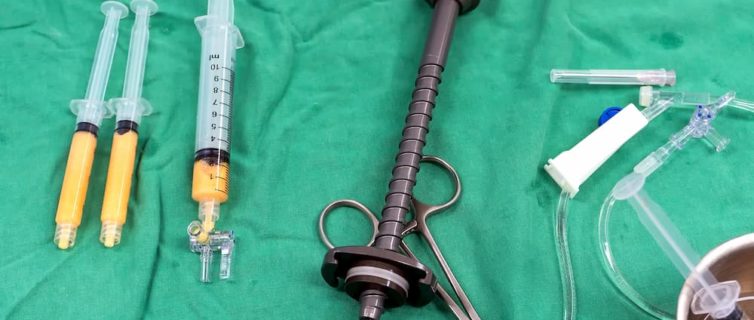For over twenty years, fat transfer surgery, also known as fat grafting, has been used to repair aging faces. Recently, this procedure is being used to repair more extensive facial deformities caused by illness, congenital abnormalities or injury. However, not all patients with serious facial deformities qualify for fat grafting. For this type of surgery to be successful, surgeons have to do a proper patient selection and match the fat grafts to defects that are most amenable to repair with fat injections. The surgeons also have to test first how the extracted fat will react to the surrounding facial features before administering the injections.
What Is Fat Transfer Surgery (Fat Grafting)
Fat transfer surgery plumps body or facial features using the patient’s own body fat. Fat from other parts of the body such as the tummy and thighs, are used to fill in parts of the face with a sunken appearance. Facial fat transfer is also applied to correct deformities and reduce scarring. This procedure has a high success rate of correcting facial deformities since the fat transfer uses the patient’s own fat cells, minimizing the risk of the body rejecting the tissue.
Who Qualifies For Fat Transfer Surgery?
Fat grafting is recommended for people with
- Wrinkles and sunken cheeks due to aging
- People with hemifacial atrophy disease that causes decreased facial volume
- Facial scars, such as from acne
Procedure Description
Fat grafting is a relative minor procedure and it is usually performed by a qualified plastic surgeon on an outpatient basis. It involves three main stages:
- Fat removal: A surgeon makes small incisions in the skin where fat is to be harvested and then he or she inserts a thin tube to suck out small amounts of fat. This procedure is similar to liposuction. The surgeon then closes the stitches and places a small dressing over them.
- Fat preparation: The extracted fat is taken to the lab where special equipment is used to scan the fat. The equipment quickly spins the fat to separate it from fluids and blood.
- Fat injection: Small amounts of fat are injected into the area that is being treated using a syringe or needle. No stiches are required after.
This procedure only takes a couple of hours and the patient is able to go home soon after the procedure is completed. For cases involving severe facial deformities, the patient may be required to stay in hospital overnight. Also, if the treatment area is large, the patient may need to undergo more than one treatment session.
During the procedure, patients do not feel much pain however, they may experience some discomfort for a few days or weeks after the procedure. The surgeon may prescribe painkillers if the patient needs them.
Recuperation and Healing
After the minor surgery, patients are recommended to have someone drive them home. The treated areas will develop some swelling and bruises, but only for a week or two. For the fat transfer surgery to fully take effect, it can take up to six months. The surgeon may ask you to go for follow up checkup to check whether the treatment area is responding to the surgery.
This article was not written by Dr. Robert S. Fischer M.D and may not represent his views. To talk to Dr. Robert S. Fischer M.D. please contact the office directly.


